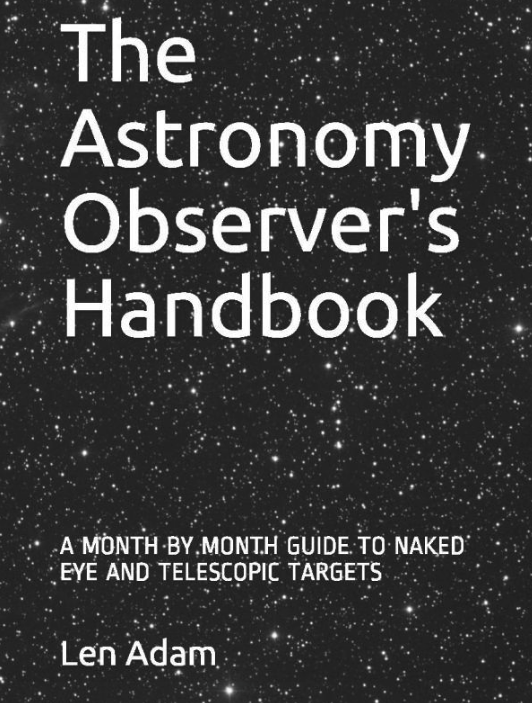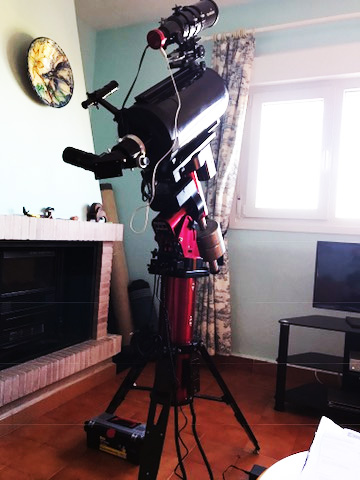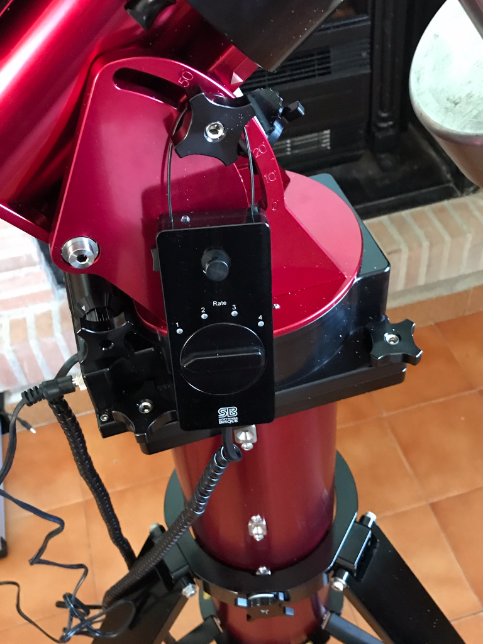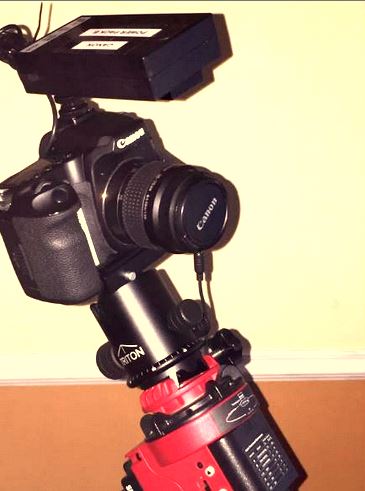Friday 20th June 2014 First images from the C14.
 Friday, June 20, 2014 at 1:16AM
Friday, June 20, 2014 at 1:16AM Current Sky at a Glance from Sky and Telescope.
Yesterday I used a telescope in California to take an image of M13 in Hercules. That telescope was a very expensive 24 inch scope with a 5 minute exposure.. Last night I took an image of the same object with my C14 here in Spain. The exposure was only 5 seconds and I think compares favourably with the one from California considering the exposure and aperture differences.
M13
OK the California image is considerably superior (with a more appropriate camera) and of course relies on a good tracking system (the Californian system was not guided- it can track for 5 minutes without it - at very high price. My 5 second image was taken at a temperature of -5.23C which was almost 30 degrees below ambient temperature.
I spent time creating a T Point Model to refine the polar alignment then extracted the polar alignment azimuth and altitude correction data then used the az and alt knobs to make the adjustments. I then had to start again to produce another T-Point model to improve pointing and used not only stars but also galaxies and globular clusters. Of course it is more accurate just to use stars to produce a model but I also wanted to make sure the camera and optics were functioning properly. At the end of the night I realised that there was still quite a lot of work to do on pointing and on occasion I had to use the finder scope (that I initially aligned with Mars at the beginning of the evening).
I always feel that when taking initial galaxy images I could be missing supernovae because I have not yet set up my checking system. It is vital however to make sure that pointing is accurate to be able to take images of a substantial number of galaxies each clear night.
My first image taken was of M63 in Canes Venatici. This is a 30 second image at +4.89C.
M63
My next (single) exposure was of M51 in Canes Venatici (not far from M63) and was 30 seconds at -5.23C.
M51
I used the image of M51 to determine the basic set up of my system as it had been dismantled and put together again. I used the astrometric tool in SkyX to solve this plate and it provided the following information.
The image scale is 1.44 arcseconds per pixel giving an angular size of 12' 17" for the image. The position angle is 186 degrees approx. so the camera is upside down with South roughly at the bottom - but needs to be rotated by 6 degrees to give a North South vertical position to each image which is much more convenient. When a meridian flip is carried out the camera will rotate 180 degrees giving North at the top.
The next image was of NGC 5904 better known as M5 in the constellation of Serpens Caput. This Globular Cluster is a 30 second image at -5.23C.
M5
The next image was of M12 another globular - there are so many good ones - this one is in the constellation of Ophiucus - again 30 seconds at -5,23C. A very interesting shape.
M12
Another nearby globular in Ophiucus is M10. When Messier discovered this he described it a being a nebula with no stars. Messier used a range of telescopes so I don't know which one he used to discover M10 but it may have been a speculum metal reflector which would give poor images. Again a 30s image at -5.23C
M10
Another globular cluster in Opiucus is M107
M107
Yet another globular in Ophiucus is M9 or NGC 6333
M9
I then imaged M80 in Scorpius
M80
 [Your Name Here] | Comments Off |
[Your Name Here] | Comments Off | 







